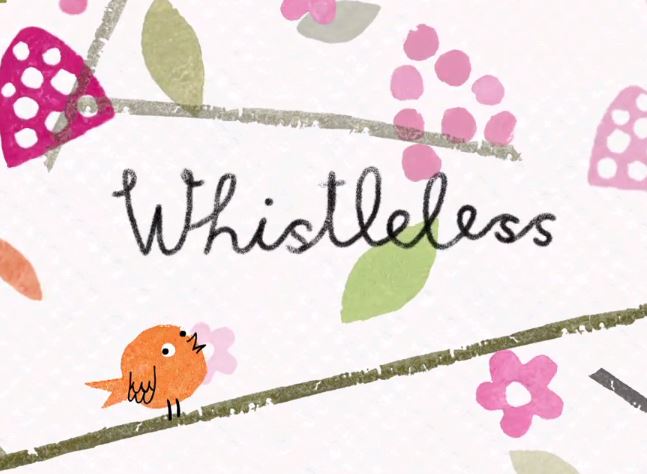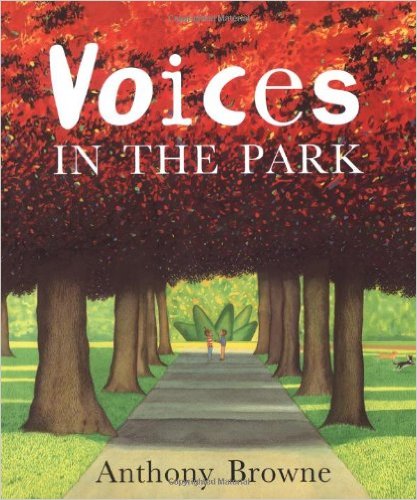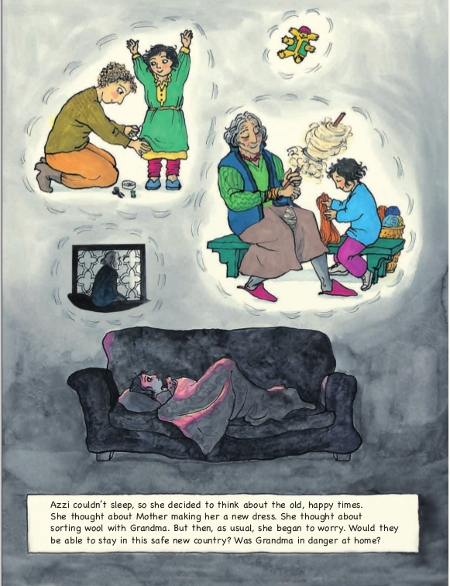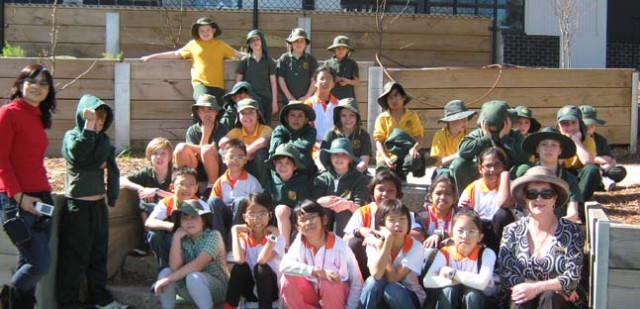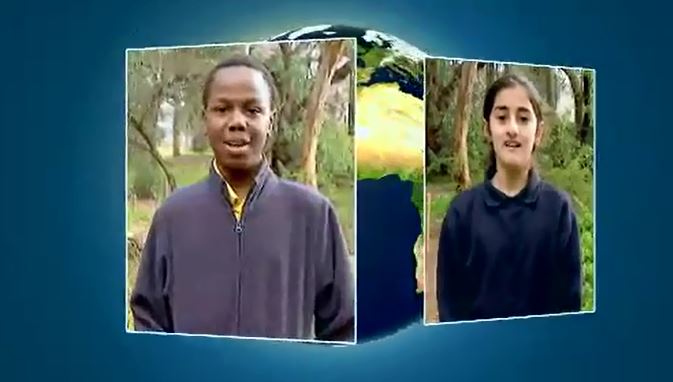Audience: Years 5-6
Submitted by: Francesca Davis
Resource description:
This video explores an imaginary village where people embrace cultures, languages, religious practices and values in a way which challenges students to think about difference and to understand diversity. It provides a snapshot of issues such as poverty and education.
The video enables students to:
- develop an understanding of the different ways people live, both within their own communities and around the world
- think about the differences and similarities with others
- understand diversity.
This video could also be used in MATHS for a lesson on statistics, in PDHPE for a lesson on respect and responsibility, and in CREATIVE ARTS to depict traditional celebrations.
Pre-video
- Develop a concept map to brainstorm the different backgrounds and languages in the class.
- Use a floor world map, have students to group together according to their country of origin, and use a bar chart diagram to organise information and record the findings.
- Discussion: Looking at the title of the video, what do you think the video will be about? What do you imagine when you hear the words “world village”?
Post-video
Discuss students’ insights into the different aspects of the village: Cultural, traditions, values, age, gender, impact of the environment, etc.
Describe and discuss the differences, similarities and challenges that cultures face:
- What is your favourite aspect of the ‘world village’?
- What do you think life in this village would be like?
- How would life in this village be similar or different from your life?
- What is the importance of having access to clean air and water?
- If you could live anywhere in the world, where would you choose, and why?
- Which aspects of the ‘world village’ are important to you?
- Has the video changed your view on the world? Why or why not?
- What new information have you learned?
After the discussion, students could complete the following (individually or in pairs):
- Make a detailed list of things you need and things you would like in your community, justifying choices.
- Use a range of websites and to investigate the different ways people live both within their own communities and around the world.
- Research two countries which have a different level of access to basic human rights than Australia, such as education, clean water, food, etc. Investigate the impact these differences have on the future lives of children.
Celebrate with others
At the end of the unit, students will deepen understanding about how intercultural awareness can enrich their lives, and that cultural practices can bring people together. Hold “A day of celebration! Share with us greetings, food, games, stories, drama, dance and costumes!”
